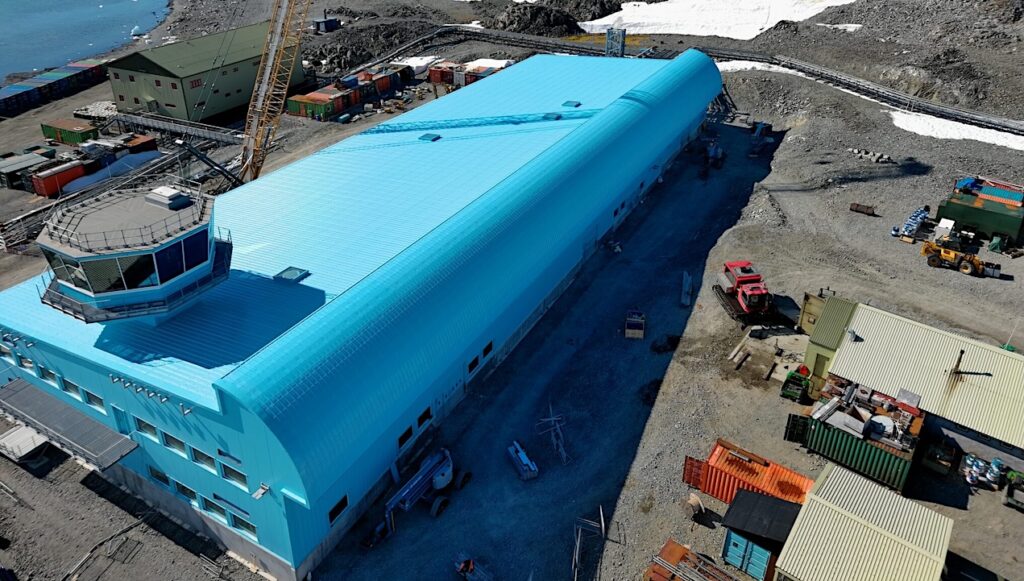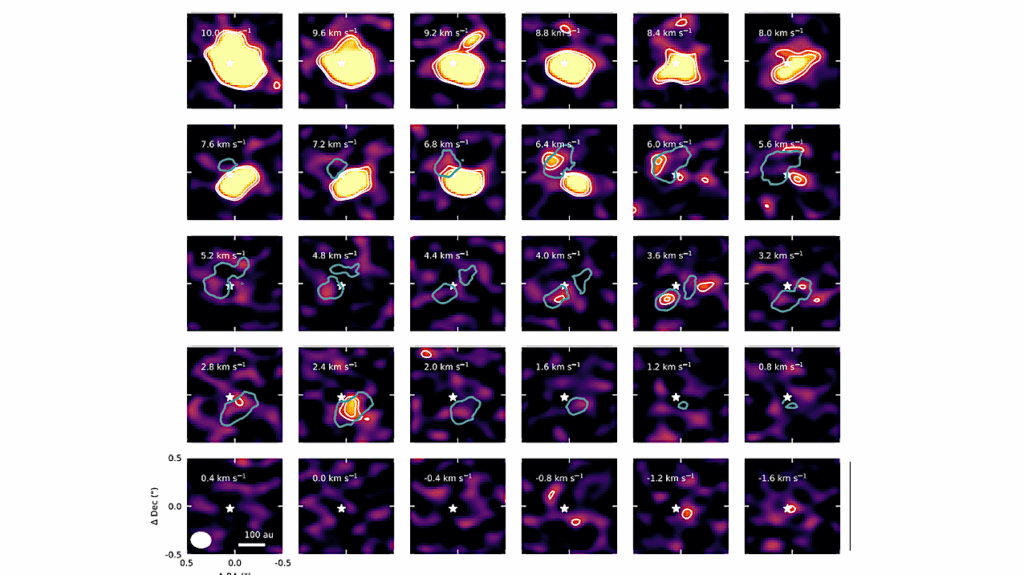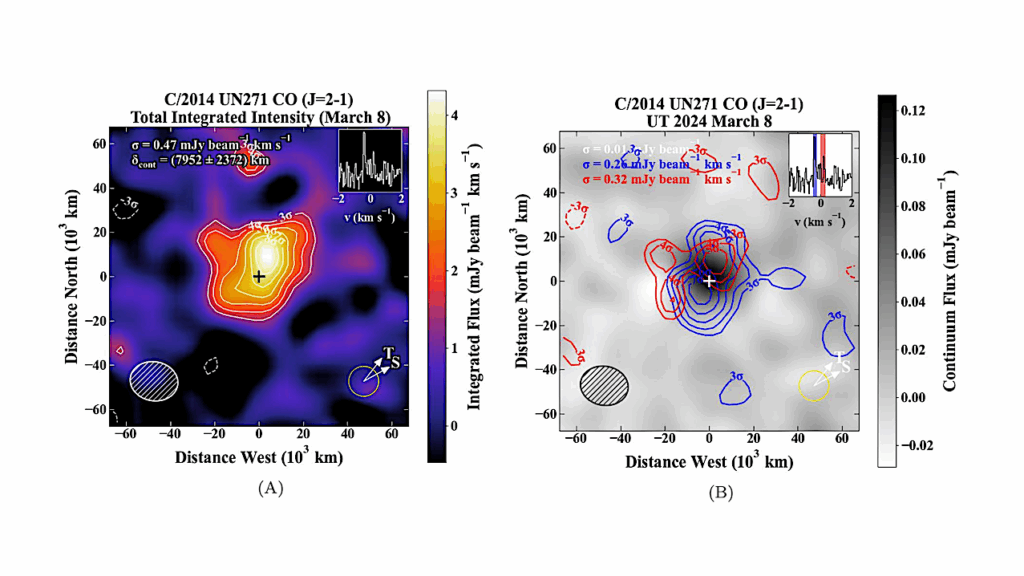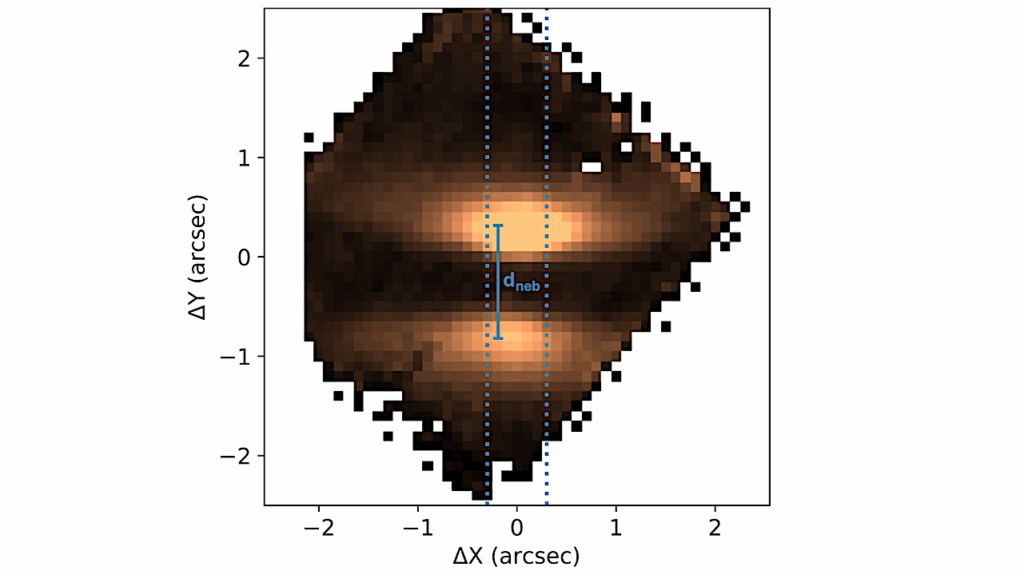An Analytic Solution For Evaluating The Magnetic Field Induced From An Arbitrary, Asymmetric Ocean World

Magnetic investigations of icy moons have provided some of the most compelling evidence available confirming the presence of subsurface, liquid water oceans.
In the exploration of ocean moons, especially Europa, there is a need for mathematical models capable of predicting the magnetic fields induced under a variety of conditions, including in the case of asymmetric oceans. Existing models are limited to either spherical symmetry or assume an ocean with infinite conductivity. In this work, we derive an analytic result capable of determining the induced magnetic moments for an arbitrary, layered body. Crucially, we find that degree-2 tidal deformation results in changes to the induced dipole moments. We demonstrate application of our results to models of plausible asymmetry from the literature within the oceans of Europa and Miranda and the ionospheres of Callisto and Triton.
For the models we consider, we find that in the asymmetric case, the induced magnetic field differs by more than 2 nT near the surface of Europa, 0.25−0.5 nT at 1 R above Miranda and Triton, and is essentially unchanged for Callisto. For Miranda and Triton, this difference is as much as 20−30% of the induced field magnitude. If measurements near the moons can be made precisely to better than a few tenths of a nT, these values may be used by future spacecraft investigations to characterize asymmetry within the interior of icy moons.
Marshall J. Styczinski, Steven D. Vance, Erika M. Harnett, Corey J. Cochrane
Comments: Submitted to Icarus. Supplemental Material available at: this https URL (software), this https URL (animations)
Subjects: Earth and Planetary Astrophysics (astro-ph.EP); Applied Physics (physics.app-ph)
Cite as: arXiv:2106.10878 [astro-ph.EP] (or arXiv:2106.10878v1 [astro-ph.EP] for this version)
Submission history
From: Marshall Styczinski
[v1] Mon, 21 Jun 2021 06:23:59 UTC (19,631 KB)
https://arxiv.org/abs/2106.10878
Astrobiology,








